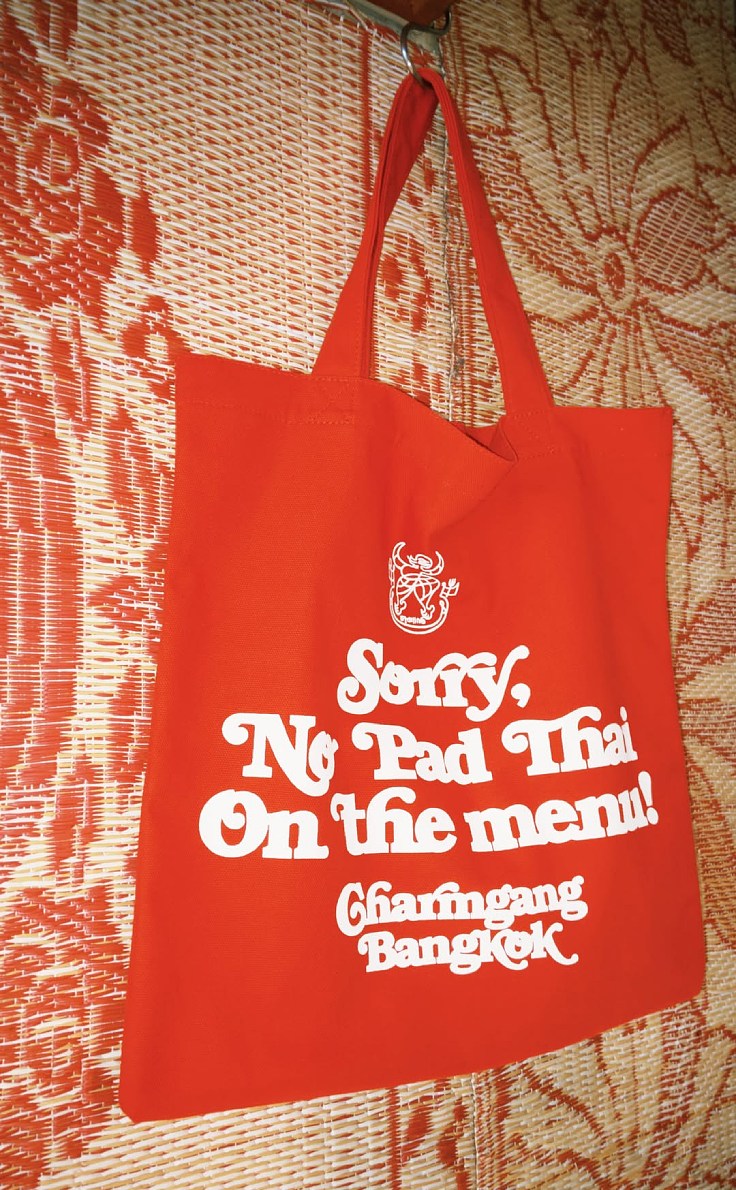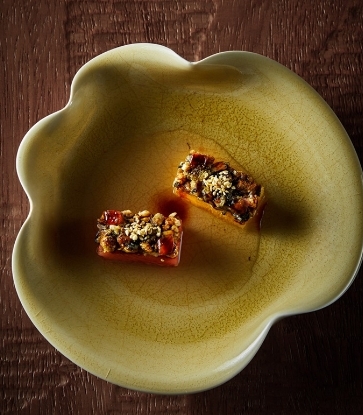In Yoshio Sakuta’s book, the gleaming morsels of sliced otoro (fatty tuna), vinegared kohada (gizzard shad), and creamy heaps of uni that crown the sushi he serves only get the attention they deserve thanks to a hidden star working furtively underneath.
He’s referring, of course, to the humble and often under-looked rounds of vinegared grains that form the base of every bite in every sushi-ya across the world: sushi rice, also known as shari — and Sakuta has it down to an art in his one-MICHELIN-Starred eponym, Sushi Sakuta.
His 16-seat temple to the time-honoured craft of omakase serves sushi Edomae-style, which leans on teasing out the natural flavours of fresh, seasonal fish with deceptively simple techniques like salting or brining — and often little else.

Two Ingredients, Endless Combinations
In that context, it is easy to understand why sushi chefs like Sakuta place shari in such high regard. Says the Hokkaido-born chef, “I believe the rice is more important than the fish itself, because it determines how much flavour the fish brings out in the sushi.”
Shari consists of just two key ingredients — rice and vinegar —, which means that one must take on the mind of both scientist and artist when it comes to crafting good shari.
For rice alone, there are countless regional varietals in Japan to sift through, with each and every grain weighed fastidiously for their sweetness, stickiness, kernel size, and firmness. In many establishments — and Sushi Sakuta is no exception — even the water used to cook the rice and the temperature of cooking are taken into consideration.
Next comes the vinegar. Red vinegar, made from fermented sake lees and characterised by an assertive acidity, was the norm in the early days of nigiri sushi during the Edo era, back when it served as a fast, filling snack for the labourer class. Over the years, with shifting consumer preferences and the greater availability of rice, the cheaper condiment was eclipsed in popularity by its mellower, sweeter cousin, white rice vinegar.

Shari Like Sakuta
Sakuta himself uses a secret house blend of five vinegars, folding it meticulously with a smattering of salt and sugar into a mix of sticky Hitomebore rice from the Miyazaki prefecture and firmer Sasanishiki rice.
“The key is to mix quickly so that each grain of rice is coated with vinegar without making it too sticky,” advises the chef, who serves his shari at different temperatures depending on the type of fish it’s paired with.
In general, fattier fish like nodoguro (blackthroat seaperch) and kinmedai (golden eye snapper), which Sakuta says goes especially well with his restaurant’s shari, are pressed onto hotter sushi rice to counterbalance their richer flavours.

The Soul of Sushi
The word shari, derived from the Sanskrit word śarīra, was originally a term referring the remnants among the sacred cremated ashes of the Buddha. As the story goes, the tiny bone shards — brought from India to Japan and enshrined in local temples — looked just like grains of rice, leading to the coining of the fine-grained white rice used in sushi as shari. It’s a fitting sobriquet, considering how big a part sushi rice plays in the Japanese culinary form.
Therefore, home chefs attempting to make their own shari would be well-served with a similarly deferential approach. Precision of proportions is paramount, as Sakuta says that even “a few grams’ difference” is enough to change “the depth of flavour”.
The key to shari — or any other culinary feat with exacting demands — is the determination to succeed. Says chef Sakuta of his own shari recipe, “it’s not finished yet. I’m trying to get better every day.”
Sushi Sakuta is located at The Capitol Kempinski Hotel, #01-88, 15 Stamford Road, 178906, Singapore. Make your bookings here.
All images are from Sushi Sakuta.





















